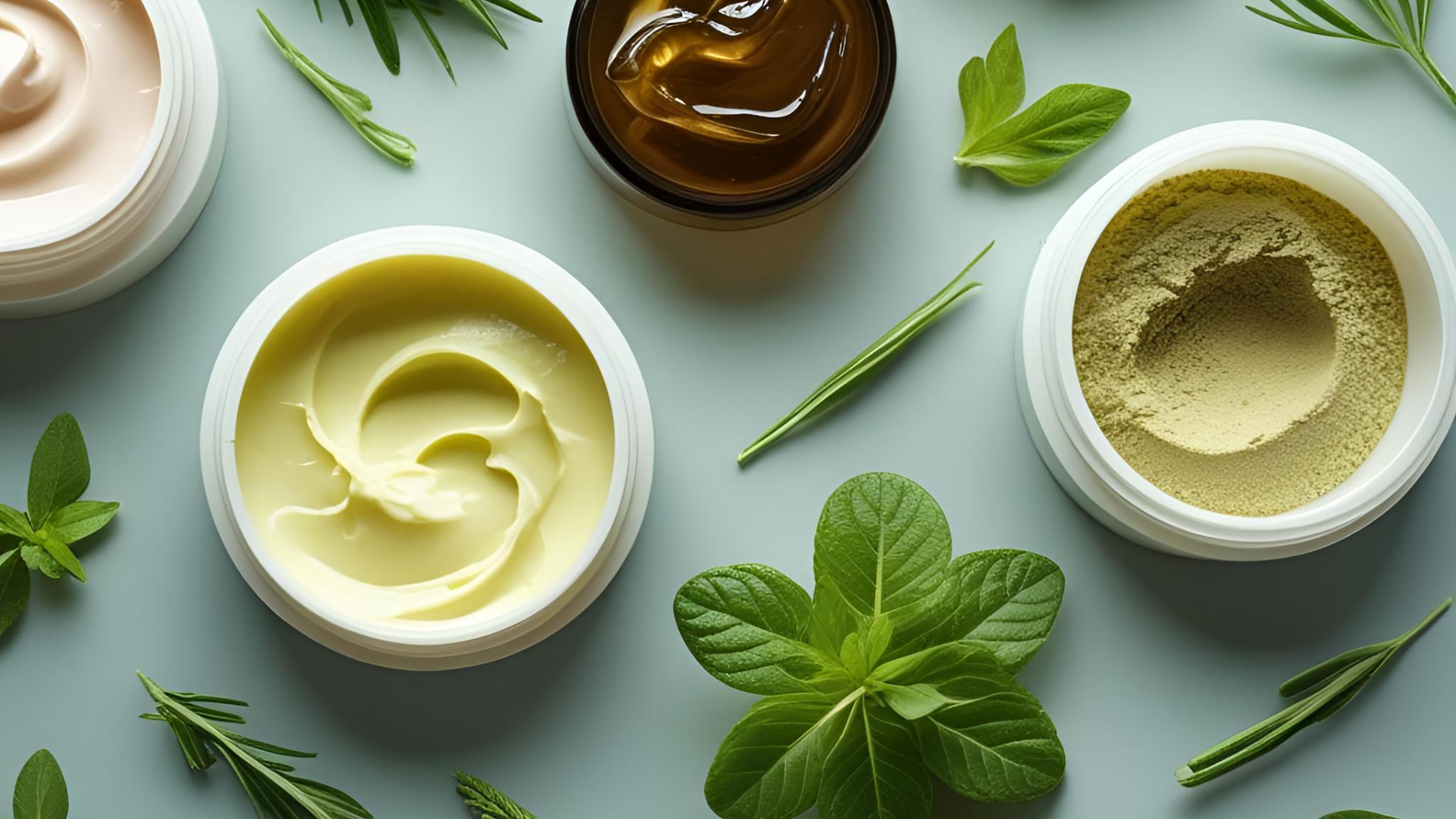The Beauty sector is undergoing a profound transformation globally, and Catalonia is positioning itself as one of the most dynamic hubs of this evolution. With more than 780 companies, a turnover exceeding 12,000 million euros, and a strong export profile, the Catalan ecosystem stands out for its ability to adapt to new trends and its international projection.
Key trends that are redefining the sector
1. Sustainability as a strategic axis:
What was once an added value is now a requirement. Consumers prioritize products with natural ingredients, sustainable formulas, and recyclable or refillable packaging. "Cruelty-Free," "Vegan," or "ECOCERT" certifications have become essential distinctions. Catalonia, with leading companies in monomaterial packaging and sustainable formulas, is well-positioned in this ecological transition. According to data from the ACCI&O; report, in 2023, the global market for sustainable beauty and facial care was valued at 181.23 billion dollars and is estimated to grow by 7.8% until 2030. 68% of consumers review the ingredient list before buying a beauty product.
2. New generations and consumption habits:
Generation Z sets the pace of the market with an inclusive, wellness-focused, and digital beauty approach. They value transparency, diversity, and personalized experiences. They prefer authentic brands that connect with their values and share their vision. Additionally, 40% of consumers from this generation also prefer neutral beauty products. And, contrary to what is thought, according to a McKinsey study, 60% of Generation Z still buys their favorite brands. They are also conscious and informed consumers: 50% of consumers research and consider their purchase by studying reviews, virtual tests, or educational content before making the purchase.
3. Artificial intelligence and personalization:
AI has strongly entered the cosmetics industry. From skin diagnostics to personalized formulations based on genetics, technology is redefining the shopping experience. Companies like L'Oréal or Proven Skincare are leading this wave with augmented reality applications and hyper-personalized recommendation algorithms.
On the other hand, generative artificial intelligence applied to formulation helps in the development of new ingredients and cosmetic formulas that accelerate the innovation cycle. Some relevant data about the impact of AI in the sector is that the estimated economic impact of generative artificial intelligence in the sector is 9-10 billion dollars worldwide, and it is expected to grow by 20% annually until 2030, driven by digitalization and the demand for personalization.
4. Innovation in ingredients and biotechnology:
Cosmetic formulation is reinventing itself with biotechnology. More effective and sustainable active ingredients, as well as cleaner and faster processes, are giving rise to a new era of "clean" products without sacrificing performance. Advances in molecular engineering, fermentation, and plant stem cells have been optimizing the production of ingredients, increasing their stability and functionality without compromising the ecosystem.
One of the most relevant approaches is the bioengineering of active ingredients, and the sector is evolving towards synthetic proteins and biomimetic alternatives.
5. New sales channels and social commerce:
Social networks and digital commerce have changed the rules of the game. TikTok, Instagram, and direct sales platforms are consolidating as main channels for discovery and conversion, especially among younger people. Another piece of data about the weight of social networks is that 46% of Facebook and Instagram users say they have discovered cosmetic products through social networks, and it is estimated that 70% of beauty consumers base their decisions on digital content. According to Statista, the growth of the online beauty market in Europe will grow by around 15% annually. In the United States, product sales through e-commerce are projected to reach 45 billion dollars in 2027. On TikTok Shop alone, one product is sold every 2 seconds.
As for the global market for biotechnological ingredients, it is expected to reach 3.01 billion dollars and an annual compound growth rate of 9.3%.
Business opportunities for Catalan companies
1. Booming exports:
Catalonia concentrates 59% of Spanish exports in the sector and has registered a growth of 146% since 2019. Perfumery and cosmetics are the most demanded categories, especially in the United States, France, Italy, and the United Kingdom.
2. Natural and organic cosmetics:
There is a growing demand for natural products in markets such as Germany, France, and South Korea. This opens up opportunities for both manufacturers and suppliers of sustainable ingredients and eco-packaging.
3. Nutricosmetics and holistic beauty:
Consumers are looking for solutions that integrate health and beauty. Supplements, dermocosmetics, and products for emotional well-being are booming and offer a growing niche.
4. Reindustrialization and third-party manufacturing:
With more than 60 companies specialized in "contract manufacturing" in Catalonia, the door is opened to attract foreign investments that seek flexible and quality production in Europe.
5. Digital transformation of retail:
From direct-to-consumer (DTC) sales to virtual testers, companies have the opportunity to accelerate their digitalization and connect with consumers more effectively.
